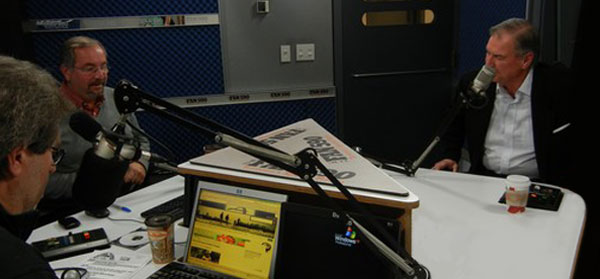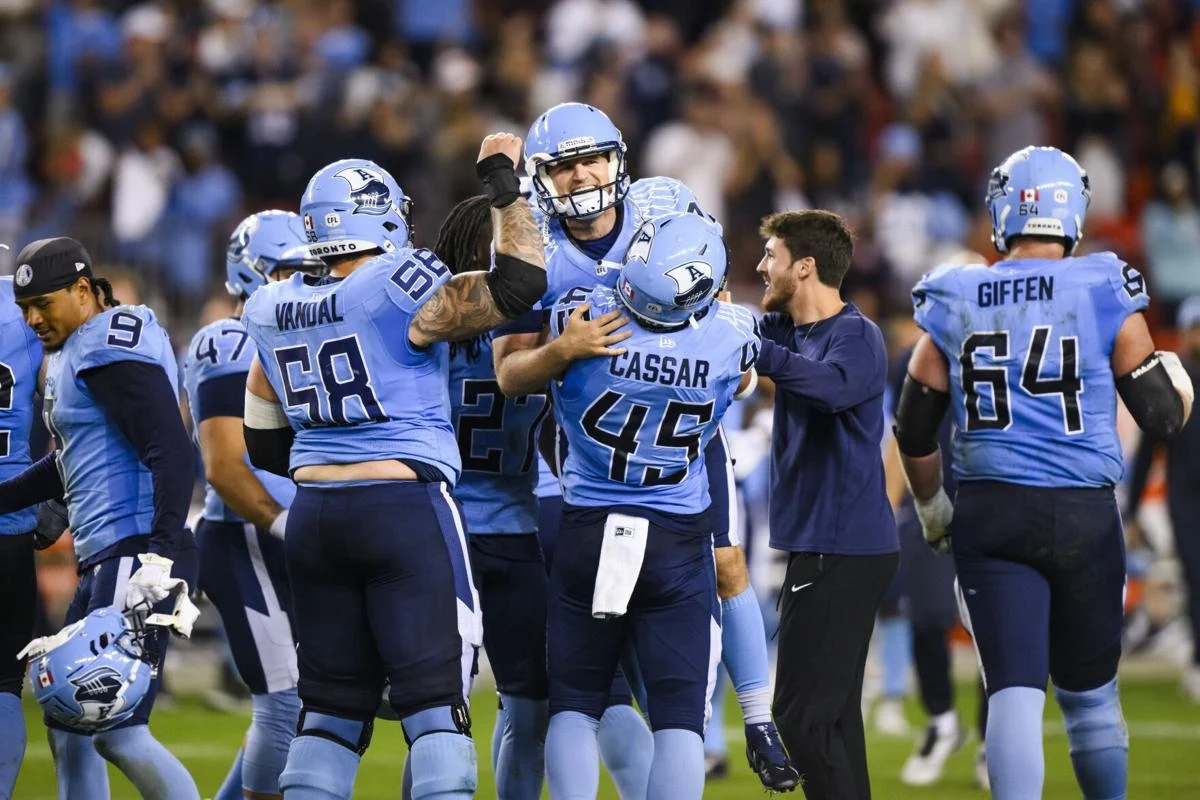

A good leader doesn’t just make sweeping changes when they take the helm. The take time looking, listening and feeling for a good amount of time. We live in a world of data and anylitics so makig those changes informed, based on numbers is also wise.
So now, about 4 months into his leadership, CFL Commissioner Stewart Johnson is setting his vision.
The CFL is about to change in ways fans will feel on every snap. The plan rolls out in two phases, starting in 2026 and finishing in 2027, and it reads like a blueprint for a league that wants cleaner highlights, fewer dead ends, and a viewing experience that travels well across TV and phones.
The headline items land in 2027. Goalposts move from the goal line to the back of the end zone. That clears the middle of the end zone for crossing routes and seams that quarterbacks largely ignore today. It removes an obstruction that has blocked cameras and passing lanes for decades. It also eases the game when an offence is backed up near its goal line, where post placement can limit formations and routes and turn routine snaps into traffic management.
End zones shrink from 20 yards to 15. The field stays 65 yards wide, which keeps the Canadian game’s sideline space and motion intact. The total field length drops from 110 yards to 100, and the center stripe goes away. That geometry change offsets the new distance created by moving the posts and nudges coaches toward touchdowns instead of defaulting to long kicks simply because a consolation point is available.
The first wave arrives in 2026 and it cleans up two long running friction points. The rouge remains, but it becomes a true field position outcome. No more automatic single when a missed field goal or untouched kick sails out the back or the side of the end zone. A single will come from a live return that does not reach the field of play, or from a deliberate concession. That keeps the Canadian identity while cutting out the least satisfying finishes.
The play clock becomes an automatic 35 second reset that starts when a play ends. That creates a predictable tempo for coaches, players, and viewers. It should reduce the gamesmanship around delayed substitutions that has crept in under the current “start the count when the ball is set” approach. Benches move to opposite sidelines to clean up traffic and make subs straightforward with a fixed reset.
Put the pieces together, and you see a clear theme. Open the most valuable space on the field. Reward live decisions over dull outcomes. Replace inconsistent timing with a cadence the audience can feel. This is a product plan built on data and video study, not vibe. Passing maps show how little action lives in the dead center of today’s end zones. Special teams logs show how often late singles arrive from kicks that no one has a chance to return. Time and motion analysis shows how choppy the current count can feel in the booth and on the couch. Each change targets a specific drag on the modern broadcast.
There is also a history lesson here. The CFL has made geometry changes before to serve the game and the buildings. End zones were once even deeper. Hash marks were moved toward the middle in recent years to bring the far side of the field back into the passing game. Every time the league has simplified space and timing, the product has looked better on television and the game has felt more decisive. This set follows the same logic, only with a bolder cut.
None of this is painless at the stadium level. Moving posts, repainting, and re-marking fields takes real work. Not every venue is a single tenant. The long runway into 2027 gives teams and facility partners time to plan, while university and amateur bodies decide how much to align. That alignment will matter. The more levels that adopt the new geometry, the cleaner the developmental path becomes for quarterbacks, kickers, and special teams units.
There will be blowback from tradition. The center stripe is an icon. The rouge is folklore. The posts on the goal line are part of how many fans learned the sport. That is real. It is also true that highlight clarity and end game logic matter more than ever. Fans discover the CFL through short clips and quick scrolls. A product that rewards returns, opens the most valuable throwing lane, and moves from snap to snap with a steady count stands a better chance in a crowded sports calendar.
Change is hard, and we as humans tend to resist it. There will be three buckets of people today upon hearing the news: 1. The haters. No matter what he did, they would hate it. 2. That’s it? Yes, some will cry that he didn’t go far enough, and then 3. Those who will take a wait-and-see approach.
The commissioner is not hiding what this is. It is a view of his administration. Decisions explained through data. A push to make the sport easier to watch, easier to clip, and easier to understand without a seminar. Keep the Canadian width and motion. Keep special teams central. Trim the quirks that age poorly on social feeds.
What I will watch next. Where converts and kickoffs spot inside the new geometry. How quickly shared stadiums can convert on game weeks. How cameras reframe end zone plays now that the posts are out of the sightline. Whether coaches lean into third-down aggression once the soft single on a miss is gone. If this delivers what the modeling suggests, the CFL that emerges in 2026 and 2027 will look more decisive, more dynamic, and more comfortable in the media world it is trying to win.
